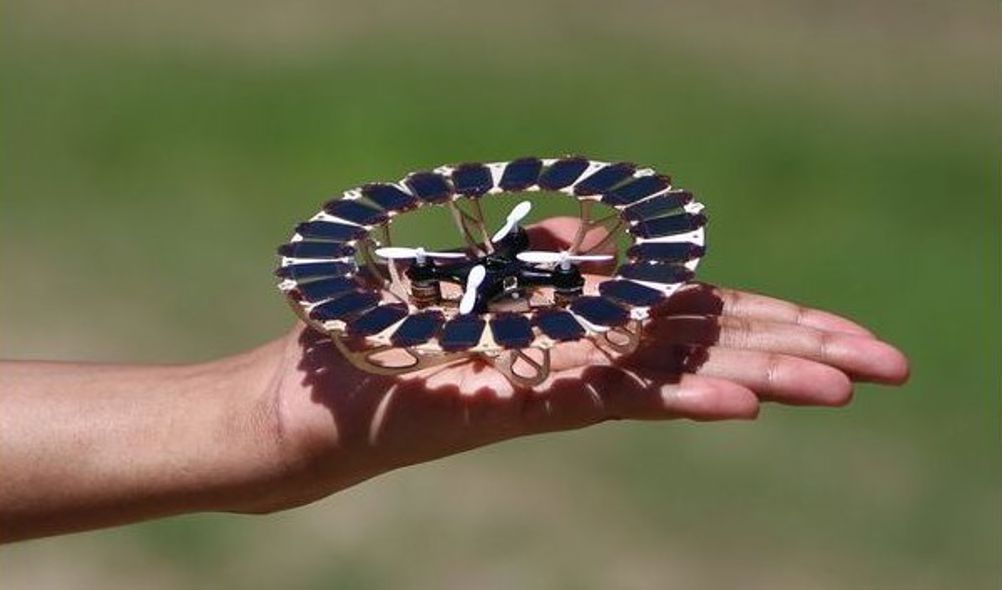According to the JKU researchers, whether on Earth or in space, autonomous energy is critical in keeping power systems running independently for extended periods of time, particularly in remote or unpredictable environments.
Conventional energy solutions - including fossil fuels, batteries and other alternative energy generation methods have their challenges, the researchers said. They are often too large, require cables or stationary charging, negatively impact on the environment, or their power density is too low.
As a solution, the research team developed ultra-thin and flexible perovskite solar cells.
The researchers said that their quasi-2D perovskite solar cells have a power output of up to 44 watts per gram and a comparatively high level of stability, making them an efficient and lightweight solution to facilitate self-sufficient energy generation over extended periods of time.
In a statement, PhD student at JKU and a lead author in the study, Christoph Putz, said: “Ultra-thin and lightweight solar cells not only have enormous potential to revolutionise the way energy is generated in the aerospace industry, there are also a wide range of applications that include wearable electronics, and the Internet of Things, that can also benefit from this new technology.
“Lightweight, adaptable and highly efficient photovoltaics are the key to developing the next generation of self-sufficient energy systems."

One flexible solar cell module is 20 times thinner than a strand of human hair, said the researchers, but it can power a wide range of electronics anywhere there is light.
Though less than 2.5 micrometres thick, the quasi-2D perovskite solar cells delivered a 20.1 per cent efficiency while ‘maintaining a high degree of flexibility.’
To test the technology, the researchers fitted a palm-sized, commercial quadcopter drone with 24 of the solar cells, making up 1/400 of its total weight.
With the addition of the solar technology, the drone was able to operate self-sufficiently and perform consecutive charge-flight-charge cycles without wired recharging, which demonstrated ‘just how efficient and sustainable the solar cells can be.’
Looking ahead, JKU said that this new technology has potential applications in search and rescue operations, large-scale mapping, generating solar power in space, and exploring the solar system.
The study, published in Nature Energy, can be accessed in full here.











Deep Heat: The new technologies taking geothermal energy to the next level
No. Not in the UK. The one location in the UK, with the prospect of delivering heat at around 150°C and a thermal-to-electrical efficiency of 10-12%,...